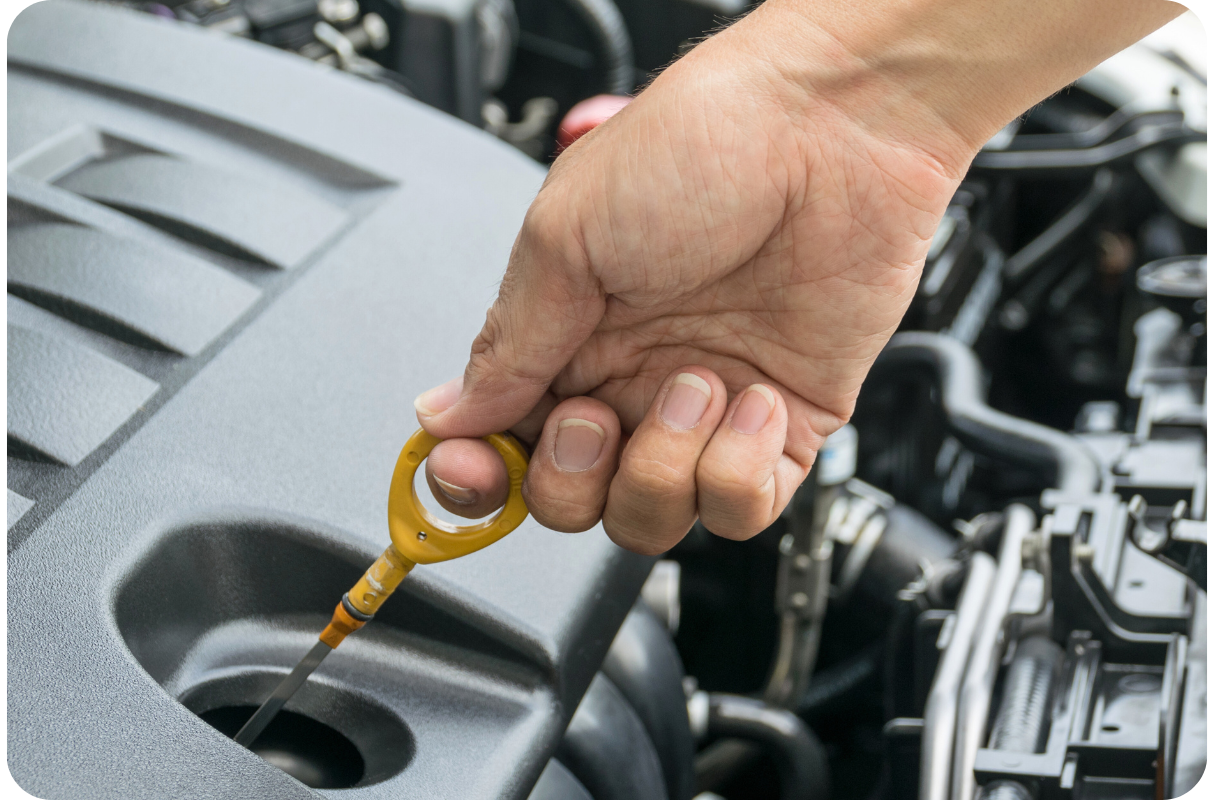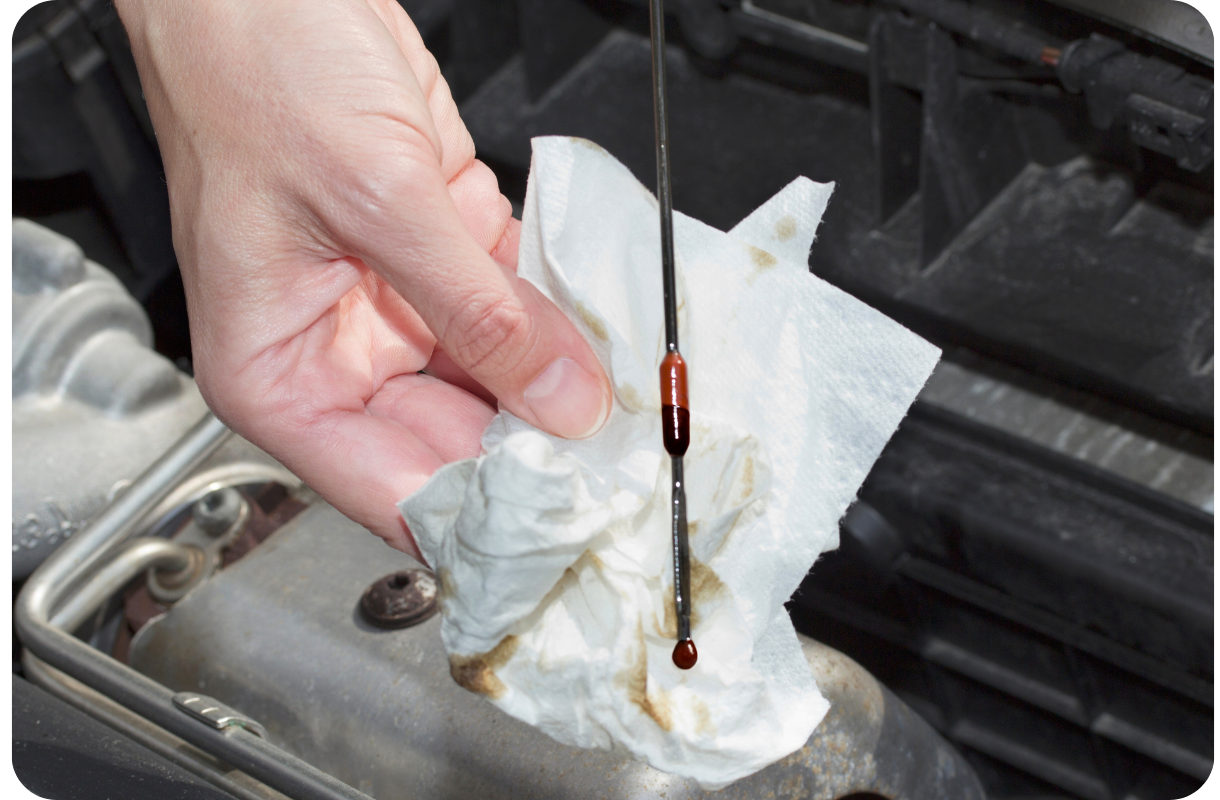.jpeg)
Explore expert insights on how to check your car’s oil level to drive smarter and stay informed.
Explore expert insights on how to check your car’s oil level to drive smarter and stay informed.
.jpeg)
Get Instant Quotes and Buy Coverage Online From Leading Providers
Most car problems don’t show up with a drumroll. Running low on oil is one of those issues that can cause serious damage before you even realize what's happening. That’s why knowing how to check the oil in your car isn’t just handy; it’s essential. It takes only a couple of minutes, but it can save you from a repair bill that runs into the thousands.
This guide is written for everyday drivers, not mechanics. We’ll walk through exactly how to check the oil level in your car, what tools you need, how often to check car oil, and the common mistakes people make when using the dipstick. By the end, you’ll feel confident popping the hood and making sure your engine is properly protected.
Oil is the lifeblood of your engine. It lubricates moving parts, reduces friction, and prevents overheating. Without enough of it, or if the oil is too dirty, your car can’t run the way it should. Even something as small as skipping a check before a long road trip can turn into a breakdown that ruins your plans.
Fortunately, there is good news! Checking the engine oil level is one of the easiest bits of car maintenance you can do. You don’t need fancy tools or years of experience—just a rag, a steady surface, and a couple of minutes of your time.
So, how often should you check car oil? Most experts recommend once a month, but it also depends on how and where you drive. Stop-and-go traffic, extreme weather, or towing heavy loads can cause your oil to burn faster.
Here are smart times to check:
If you want more detailed advice on maintenance intervals, AAA’s guide to oil checks is a trusted resource that helps drivers stay on top of things.

You don’t need a toolbox to figure out how to check the engine oil level in your car, but you should keep a few basics handy:
That’s really it. With those in place, you’re ready to get started.
Here’s the process broken down simply.
That’s it; you’ve just completed the process of checking engine oil dipstick readings like a pro.
Reading the dipstick is only half the job. Knowing what those results mean is where confidence comes in.
According to Consumer Reports’ oil change guide, skipping these checks is one of the fastest ways to shorten an engine’s lifespan.
Many drivers think they’re checking correctly, but these simple errors can throw off your results:
Avoiding these mistakes keeps your checks accurate and prevents unnecessary problems later.
You don’t need to obsessively check every morning, but building the habit saves headaches.
Once a month is a safe rule of thumb, and always before long trips. Some newer cars have electronic oil monitors, but even then, doing a manual dipstick check once in a while is smart.

Think of this as part of your regular car care, just like filling gas or checking tire pressure. It doesn’t take long, and it gives you a quick snapshot of your engine’s health. Over time, you’ll get familiar with how your car’s oil looks when it’s fine versus when it’s ready for a change. That awareness is one of the easiest ways to prevent expensive repairs.
Checking your oil only takes a rag, a dipstick, and a few minutes, but it can save you from bigger problems later. Catching issues early means fewer surprises when you’re driving. And if you’d rather leave it to a mechanic, that’s fine too. The important part is knowing how it works and having the confidence that you’re taking care of your car.
Even when you do everything right, cars still break down. Once the factory warranty runs out, it helps to know you’ve got a backup plan. That’s where Chaiz comes in. You can compare several coverage packages and decide which one best fits your budget and driving style. Many plans also offer roadside assistance, so you won't be left on the shoulder waiting for help when that oil change might be overdue.
A vehicle service contract is designed to alleviate the stress of covering the repair bills occurring under unforeseen circumstances. Taking into account that mechanical issues do tend to happen in an unpredictable way it may be beneficial to shop around for extended auto protection that will suit your needs.